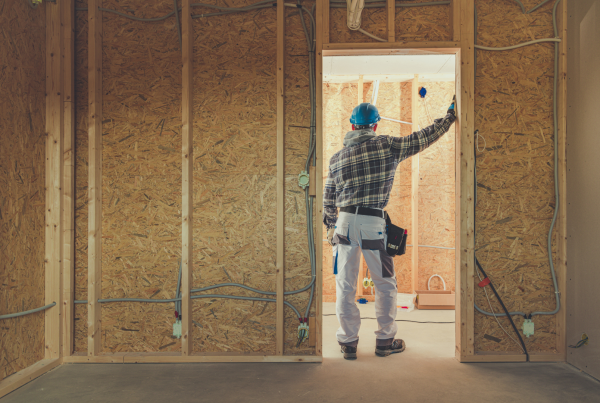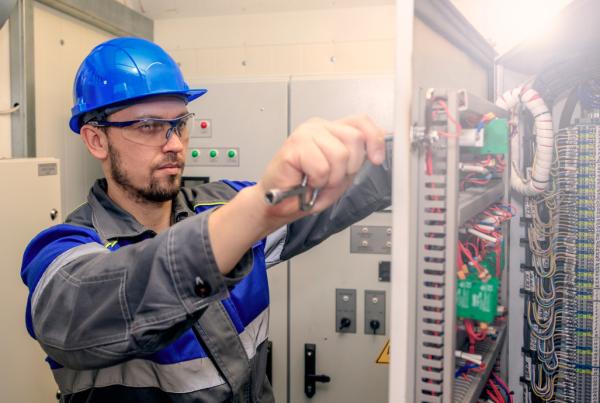Whether it’s new construction or a renovation, you will need electrical services that can help you get your desired results cost-effectively and within set timelines. The goal is to hire someone who understands your work and is compatible with your workflow.
As the building owner or manager, you should know what your building needs before you call an electrical contractor. Commercial electrical systems need to be more robust than residential ones so it’s about much more than simply installing breakers and transformers.
Understanding your requirements and your project’s specific details and getting your electrical system mapped can help you keep the electrical contractor in check and ensure they don’t overquote you. Since you already know what to expect from the contractor, there is no room for hidden costs, either.
The First Step to Understanding Your Electrical System: The Main Line
When studying your electrical system, one of the first things you should look at is the municipal power line(s) running towards your commercial building. A simple phone call to the county’s sheriff can help you identify the provider.
Depending on your commercial space, you may require more or less energy from the main line and, therefore, would have to step the current up or down. Usually, commercial areas require around 13,800 volts of power, exactly what you get from the grid. Smaller buildings or warehouses that don’t have a temperature-controlled section usually require less power and, therefore, need to be stepped down.
The Next Step: Distribution Systems
After analyzing the main line and determining what you need to do with it, the next step is to see the type of electrical distribution system you need to install. This will depend entirely on your facility’s size and square footage. For smaller commercial buildings, you may need to connect everything directly to the transformer.
An electrical contractor will recommend the type of wiring, panels, and devices you should go for in this case. Otherwise, you will need to install regulators as well. Circuit breakers are essential to ensure the safety of your equipment and mitigate fire risks. These breakers will also control the power flow to each electrical component and the subsequent load.
In this stage, you will need to consider virtually every aspect of the distribution system, including where you need sockets.
The Final Step: System Complexity
Usually, large electrical systems are also complex. Your electrical system should be capable of handling a larger power load. For this, you may need your transformer, especially in the case of larger commercial sites.
With the right help, you can map out your electrical system fairly accurately before hiring an electrical contractor. If you want help understanding how you can map your commercial site and what to expect from electrical contractors, feel free to give us a call today!




